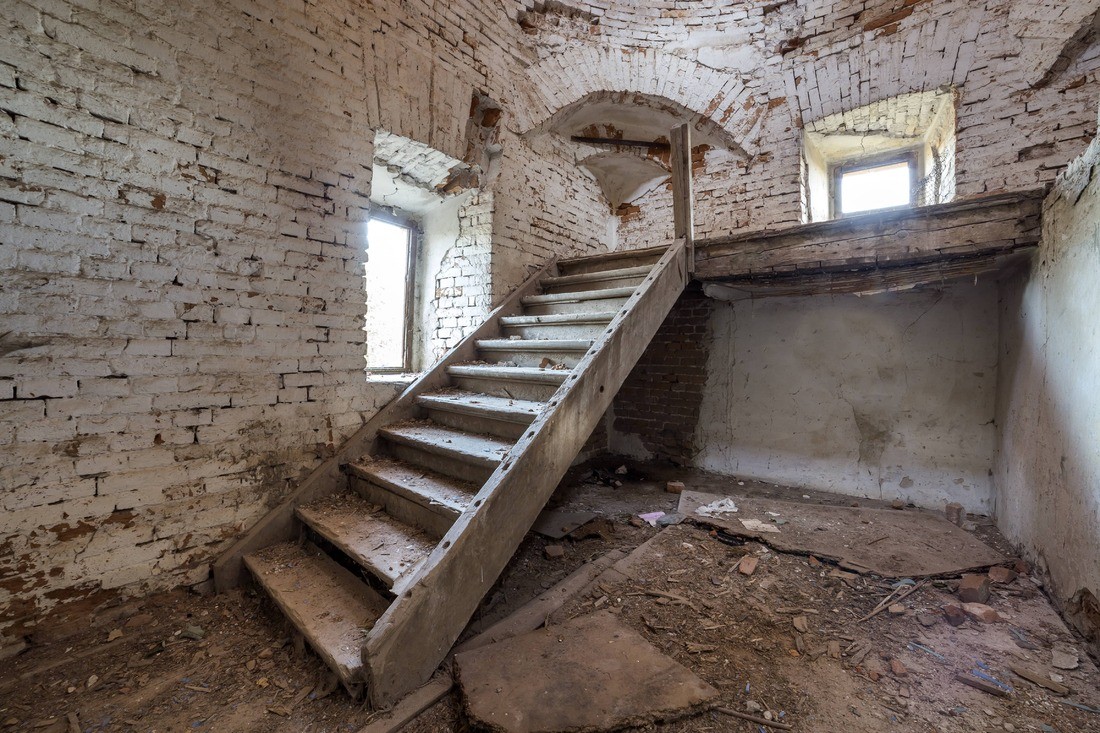
Introduction
Water damage can have severe consequences on the structural integrity and aesthetics of buildings. Architectural designs that can withstand the elements play a crucial role in minimizing the risks of water damage. This article explores the impact of water damage on architecture and highlights design strategies that can help protect buildings from water-related issues.
Understanding Water Damage

Water damage refers to any damage caused by the intrusion of water into a building. It can be a result of various factors such as flooding, leaks, or plumbing issues. Water damage can weaken the structural components of a building, promote the growth of mold and mildew, and damage interior finishes and furnishings. It is essential to address water damage promptly to prevent further deterioration and associated health risks.
Types of Water Damage
Water damage is broadly categorized into three types based on the source and level of contamination:
- Clean Water Damage: This type of water damage occurs from a clean water source such as a broken supply pipe or rainwater. It is relatively safe and generally does not pose significant health risks.
- Greywater Damage: Greywater refers to wastewater from sources like sinks, showers, and washing machines. It may contain some contaminants and can pose health risks if not addressed promptly.
- Blackwater Damage: Blackwater is highly contaminated water that contains sewage, chemicals, or other hazardous substances. It poses severe health risks and requires professional remediation.
Impact of Water Damage on Architecture

Water damage can have significant impacts on both the interior and exterior aspects of architecture. Some of these effects include:
Deterioration of Structural Components
Exposure to water can cause wood, concrete, and metal to weaken and deteriorate over time. Continuous water intrusion can compromise the integrity of the building’s foundation, walls, and supporting structures, leading to structural failures and costly repairs.
Mold and Mildew Growth
Excessive moisture resulting from water damage creates an ideal environment for mold and mildew growth. These organisms not only compromise the indoor air quality but can also cause various health issues, especially for individuals with allergies or respiratory conditions.
Damage to Interior Finishes and Furnishings
Water can damage flooring, walls, ceilings, and other interior finishes. Hardwood floors may warp or buckle, drywall can become discolored and develop mold, and furniture and fabrics can be permanently damaged by prolonged exposure to water.
Design Strategies to Minimize Water Damage Risks
To mitigate the risks of water damage, architects and designers can incorporate various strategies during the planning and construction phases. Some of these design considerations include:
Proper Drainage Systems
Implementing effective drainage systems is crucial to prevent water from pooling around the foundation of the building. Proper grading, installation of gutters and downspouts, and the use of permeable paving materials can help redirect water away from the structure.
Waterproofing Techniques
Utilizing waterproofing techniques such as the application of waterproof membranes, sealants, and coatings in vulnerable areas can significantly reduce the risks of water penetration. These techniques are commonly used in basements, bathrooms, and areas prone to water intrusion.
Selection of Water-Resistant Materials
Choosing materials that are inherently resistant to water damage can help enhance the durability and longevity of the building. Examples include using moisture-resistant drywall, ceramic or porcelain tiles in wet areas, and exterior cladding materials that can withstand prolonged exposure to moisture.
Elevated Construction Techniques
Elevating the building’s structure above ground level can minimize the risks of flooding and water intrusion. This technique is particularly vital in areas prone to high rainfall, coastal regions, or locations with a high water table.
Effective Building Envelope Design
The building envelope acts as the first line of defense against water intrusion. Properly designed roofs, walls, and windows, along with insulation systems, can help prevent water infiltration and enhance the building’s overall resistance to water damage.
Regular Maintenance and Inspections
Ongoing maintenance and regular inspections are essential to identify and address potential water damage issues promptly. This includes checking for leaks, maintaining drainage systems, and conducting moisture tests to detect hidden moisture problems.
JGW Group Water Damage Restoration
JGW Group Water Damage Restoration is a professional water damage restoration company that offers a wide range of services, including flooded basement cleanup, water extraction services, mold remediation, emergency water damage repair, wet carpet restoration, sewage cleanup, and more. With their 24/7 water restoration service, they provide immediate response to water damage emergencies, ensuring a swift and effective restoration process.
To learn more about JGW Group Water Damage Restoration and their services, please visit their website.
Additional Resources
For further information on water damage restoration, you may find the following resources helpful:
- Water Damage Restoration Vs. Water Mitigation
- The Best Water Damage Restoration Services of 2023
- Water Damage Restoration Collection Articles
- 8 Best Water Damage Restoration Services (2023 Guide & …)
- Best Water Damage Restoration Services of 2023
- Water Damage Restoration: The Complete Guide
FAQ
How does water damage affect the structural integrity of a building?
What are some design strategies to minimize water damage?
What services does JGW Group Water Damage Restoration provide?
Disclaimer: This article contains affiliate links. When you make a purchase through these links, we may earn a commission at no extra cost to you.



